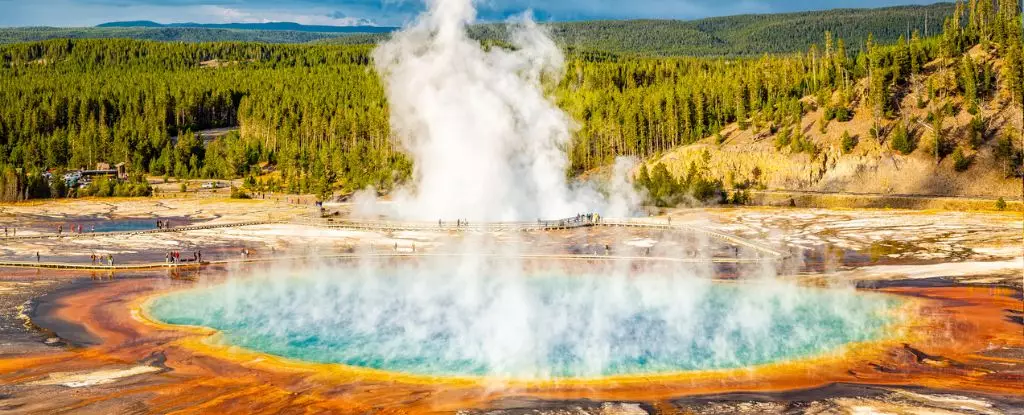In a groundbreaking discovery, scientists have recently found methane-producing microorganisms that do not belong to the known superphylum within the Archaea kingdom, Euryarchaeota. These unique microbes have been found in various extreme habitats, ranging from hot springs in Yellowstone National Park to oil fields in China. This discovery challenges our current understanding of methane production on Earth and sheds light on the diversity of methanogens.
Unlike traditional methanogens, which have been studied since the early 20th century, these novel microorganisms from the phylum Thermoproteota have recently been uncovered. They were initially identified through DNA analysis, but their actual existence and methane-generating capabilities were confirmed by two separate research teams, one in the United States and another in China. This revelation opens up a new avenue for exploring methane production and its impact on the environment.
The discovery of Methanomethylicia and Methanodesulfokora in Yellowstone National Park challenges the previous notion that all methane-producing microorganisms belong to the Euryarchaeota superphylum. These microbes thrive in oxygen-deprived environments by converting methanol into methane, highlighting their unique metabolic processes. Similarly, the identification of Methanosuratincolia in an oil field in China expands our understanding of the various habitats where methane-producing microorganisms can be found.
Methanogens play a crucial role in the global methane emissions and carbon cycle, surpassing even volcanic activity in methane production. The widespread distribution of these newly discovered microorganisms suggests that they may have a significant impact on methane levels on Earth. However, there is still much to learn about their behavior and growth patterns. Researchers are uncertain whether these microbes consistently produce methane or if they have alternative metabolic pathways depending on their environment.
Despite this exciting discovery, many questions remain regarding the behavior of these novel methane-producing microorganisms. Microbiologist Roland Hatzenpichler emphasizes the need for further research to uncover the intricacies of their growth, methane production, and overall function within their respective ecosystems. The mystery surrounding these microbes underscores the complexity of microbial life on Earth and the importance of continued exploration and study.
The recent identification of methane-producing microorganisms from the Thermoproteota phylum represents a significant breakthrough in microbiology and environmental science. By expanding our knowledge of methanogens beyond the traditional Euryarchaeota superphylum, scientists have opened up new possibilities for understanding methane production and its implications for our planet. This discovery highlights the vast diversity of microbial life and the need for ongoing research to unravel the mysteries of these previously unknown methane producers.

Leave a Reply